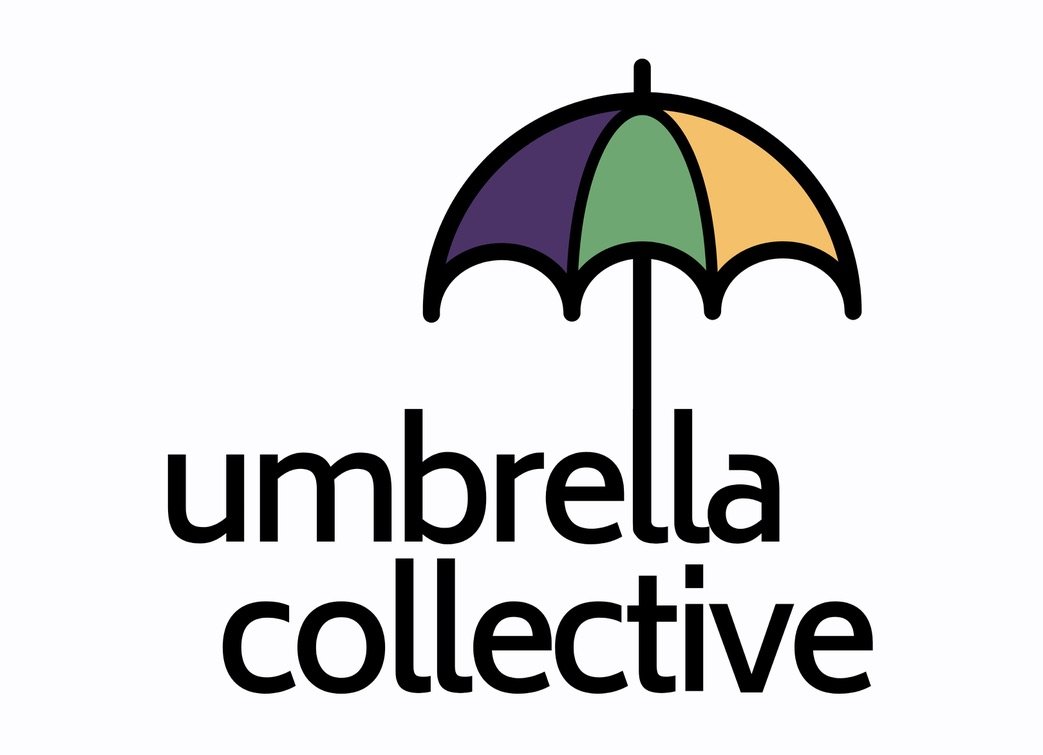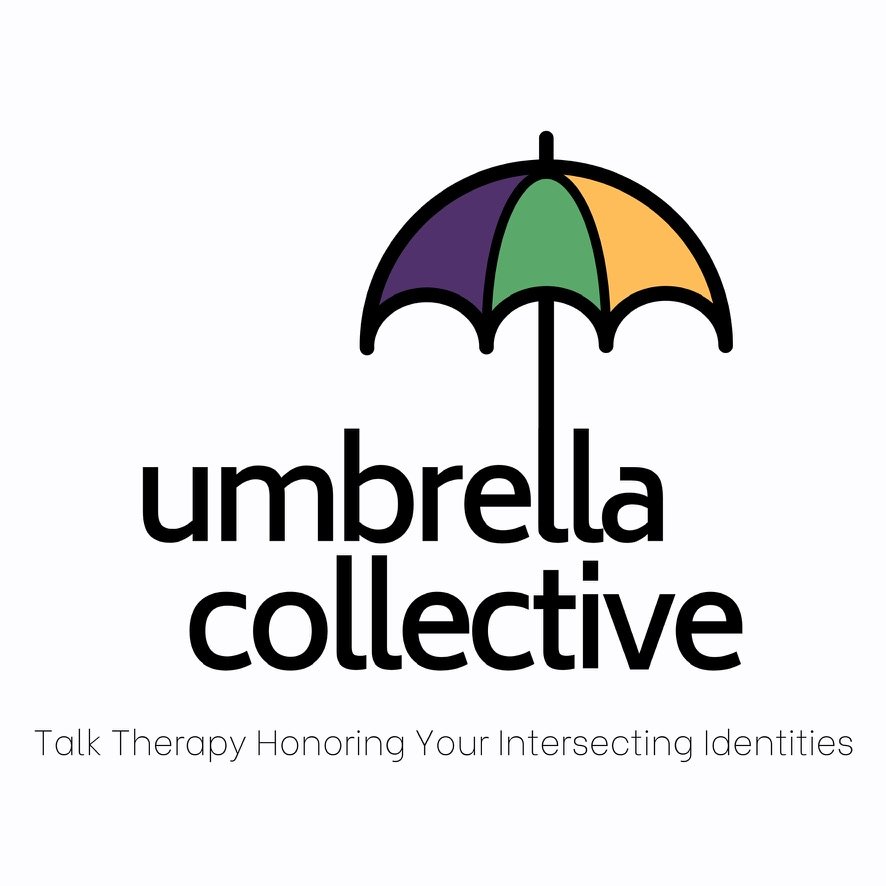Neurodiversity: a not-so-new framework for understanding our brains and our selves
/You may have heard the term “neurodiversity”, making the rounds on your favorite social media platforms, as people are increasingly exposed to this concept. But what does it mean, where did it come from, and how can it be helpful?
The term “neurodiversity” was first coined in 1998 by Australian sociologist, Judy Singer, in her efforts to create a framework for understanding variation in human cognition and functioning, through the lens of biodiversity and human rights. According to Singer, who is Autistic, “Neurodiversity is a subset of Biodiversity…Neurodiversity refers to the virtually infinite neuro-cognitive variability within Earth’s human population. It points to the fact that every human has a unique nervous system with a unique combination of abilities and needs.” Singer’s concept of neurodiversity builds on the “social model of disability” which argues against the medical understanding of disability as a pathology that must be treated or cured, instead understanding “disability” as a social construct; a product of a culture/system that uses power and privilege to narrowly define expectations of functioning to intentionally or unintentionally exclude people with disabilities. The framework of neurodiversity also builds on earlier influences from the Autistic Self-Advocacy Movement, and specifically advocate Jim Sinclair, who wrote, “Grant me the dignity of meeting me on my own terms…Recognise that we are equally alien to each other, that my ways of being are not merely damaged versions of yours. Question your assumptions. Define your terms. Work with me to build bridges between us.” (Sinclair, 1992). The framework of neurodiversity allows us to zoom out and consider the human population as a whole, in order to disrupt the assumption of a “normal” and understand that each human represents a totally unique and one of a kind way of being in the world.
If you’ve heard of neurodiversity, you’ve also likely heard the terms, “neurodivergent” and “neurotypical”. “Neurodivergent”, a term coined by autistic rights activist Kassiane Asasumasu, has historically referred to individuals who are born with a developmental disorder, but is increasingly being adopted by those who have experienced mental health issues of all kinds, regardless of whether these issues were present at birth, or unfolded later in life after being impacted by environment and life experiences. The term “neurotypical”, on the other hand, is most often used as a catch-all for people who do not, or do not appear to, experience impacts of a developmental disorder or mental health issues. In other words, “neurotypical” only exists in contrast to “neurodivergent”. Although Asasumasu originally intended for the term “neurodivergent” to be used as an inclusive tool, the colloquial understanding of this term has unfortunately morphed into a binary framing where there is an implied “normal”, which “neurotypical” is understood as closer to, and “neurodivergent” is understood as further away from. The implied existence of a “normal” range of abilities, needs, and functioning, is not only incorrect, it also misses the point of the concept of neurodiversity. As Judy Singer wrote,
“Neurodiversity is:
a state of nature to be respected
-an analytical tool for examining social issues
-an argument for the conservation and facilitation of human diversity”
Considering Singer’s definition of neurodiversity, and the violent history of oppression that neurodivergent people have endured from social, political, and medical institutions, there is an argument to be made that the concept of “normal” is a dangerous myth that has historically been used to oppress or eliminate neurologically diverse humans, and that in the reality of nature and biology, all humans can be understood on spectrums of abilities, needs, and functioning. Just as with frameworks of gender and sexuality, binaries are often inaccurate to the human experience, unhelpful, and/or harmful. If we question our assumptions and challenge the myths we have been taught, the binary comes crashing down and we are more free to be our authentic selves.
When we take in the framework of neurodiversity and apply it to our individual experiences, we have the opportunity to practice self acceptance and learn to respond to our needs more effectively. By making the mental switch to look at how we show up as unique members of a neurodiverse population, instead of trying to understand ourselves within a binary of either “normal” or “abnormal”, we have an opportunity to reframe the thought, “I need to fix myself” to “I need to understand myself”. Neurodiversity allows us to disrupt the idea that there is something wrong with us when we notice abilities, needs, or functioning that might feel “different from the norm”, and reminds us that there is no such thing as “normal”. We have the power to see ourselves as unique beings who are inherently valuable and worthy of understanding and care. It is only by understanding our brain and body uniqueness that we can know what our unique needs are and learn to respond to them in ways that work for us. If we can only, as advocate Jim Sinclair put it, grant ourselves the dignity of meeting ourselves on our own terms, imagine what opportunity awaits us, and what authentic selves we can free!
Sources/further learning:
https://en.wikipedia.org/wiki/Neurodiversity
https://www.neurodiversityhub.org/what-is-neurodiversity
Milton, Damian (2019) Neurodiversity and self-advocacy. In: Lågaffektiva dagar, 23-24 Jan 2020, Malmo, Sweden. https://kar.kent.ac.uk/79846/1/__files.kent.ac.uk_usersD_demm2_Home_My%20Files_Neurodiversity%20and%20self-advocacy.pdf
https://www.autismnetworkinternational.org/



